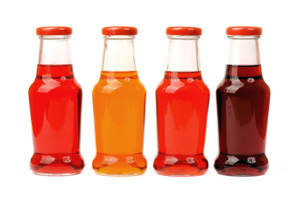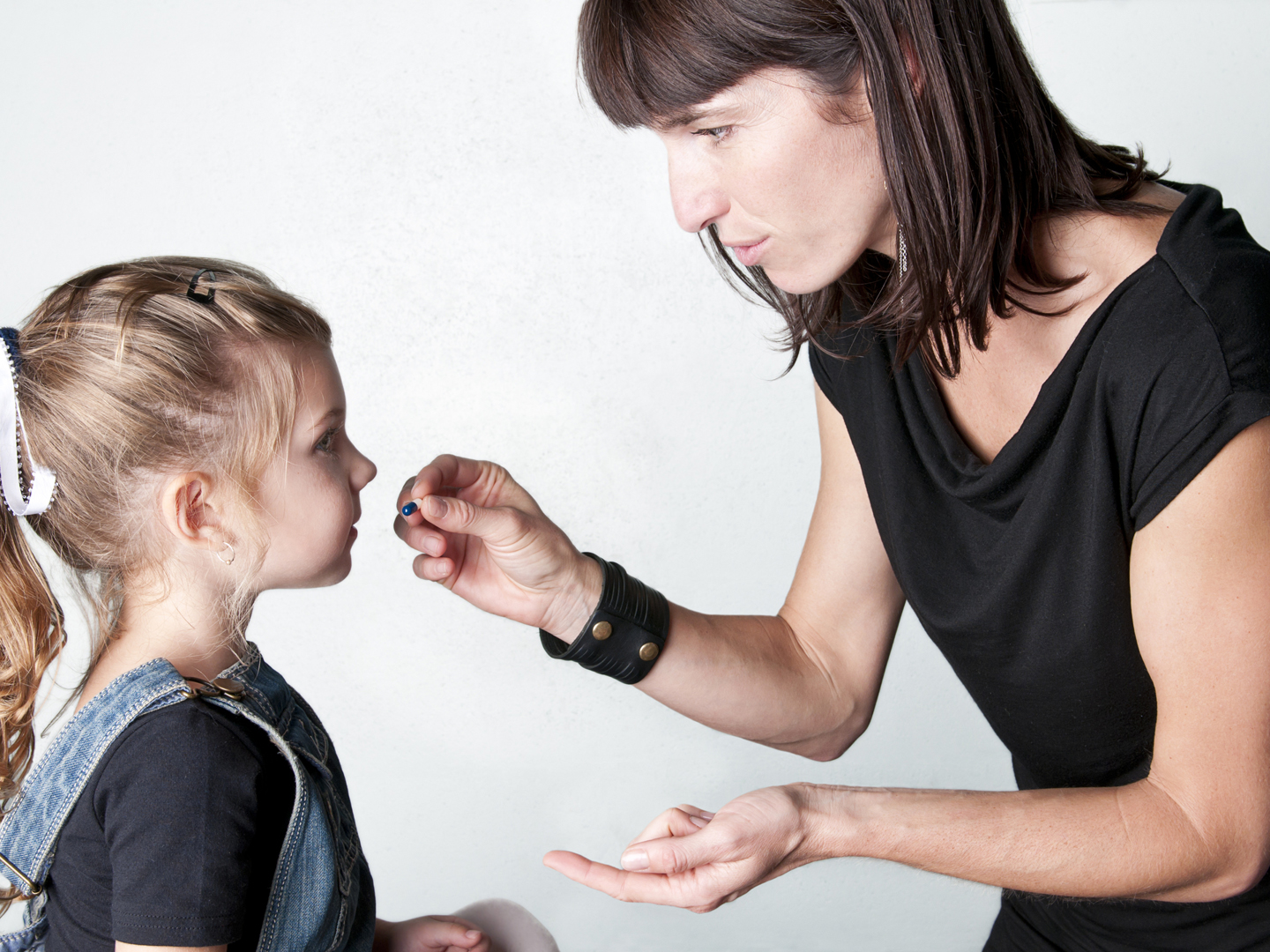Food Coloring

We are seeing more and more strangely colored foods and snacks, but as a precaution, keep children – and adults -away from foods with artificial colorings. The danger is that the chemicals used to create color are energetic molecules, many of which are capable of interacting with and damaging DNA. Anything that damages DNA can injure the immune system, accelerate aging, and increase the risk of cancer. Indeed, many synthetic food dyes once considered safe have turned out to be carcinogenic. Some approved for use in Europe are considered unsafe in the United States, and vice versa.
Dyes are added to foods for the convenience of the manufacturer, not for the health of the consumer. Luckily, these are among the easiest types of food additives to avoid. Try to convey to your children that garishly colored snack foods are weird and unhealthy – rather than attractive -and make it a rule not to buy them. Watch out for labels that list any of the following terms: "color added," "artificial color added," "U.S.-certified color added," or "FD&C red No. 3" (or green or blue or yellow followed by any number; these are FDA-approved food drug and cosmetic dyes).
There is nothing wrong with foods dyed with natural colors obtained from plants. The most common, annatto, is from the reddish seed of a tropical tree. It is widely used in Latin American cooking to make yellow rice and breads, and is also commonly added to butter and cheese to make them yellow or orange. Other safe food colorings are a red pigment obtained from beets, a green one from chlorella (freshwater algae), caramel, and carotene from carrots.
Definitely keep your kids away from bright green ketchup, a product designed specifically to appeal to youngsters.









